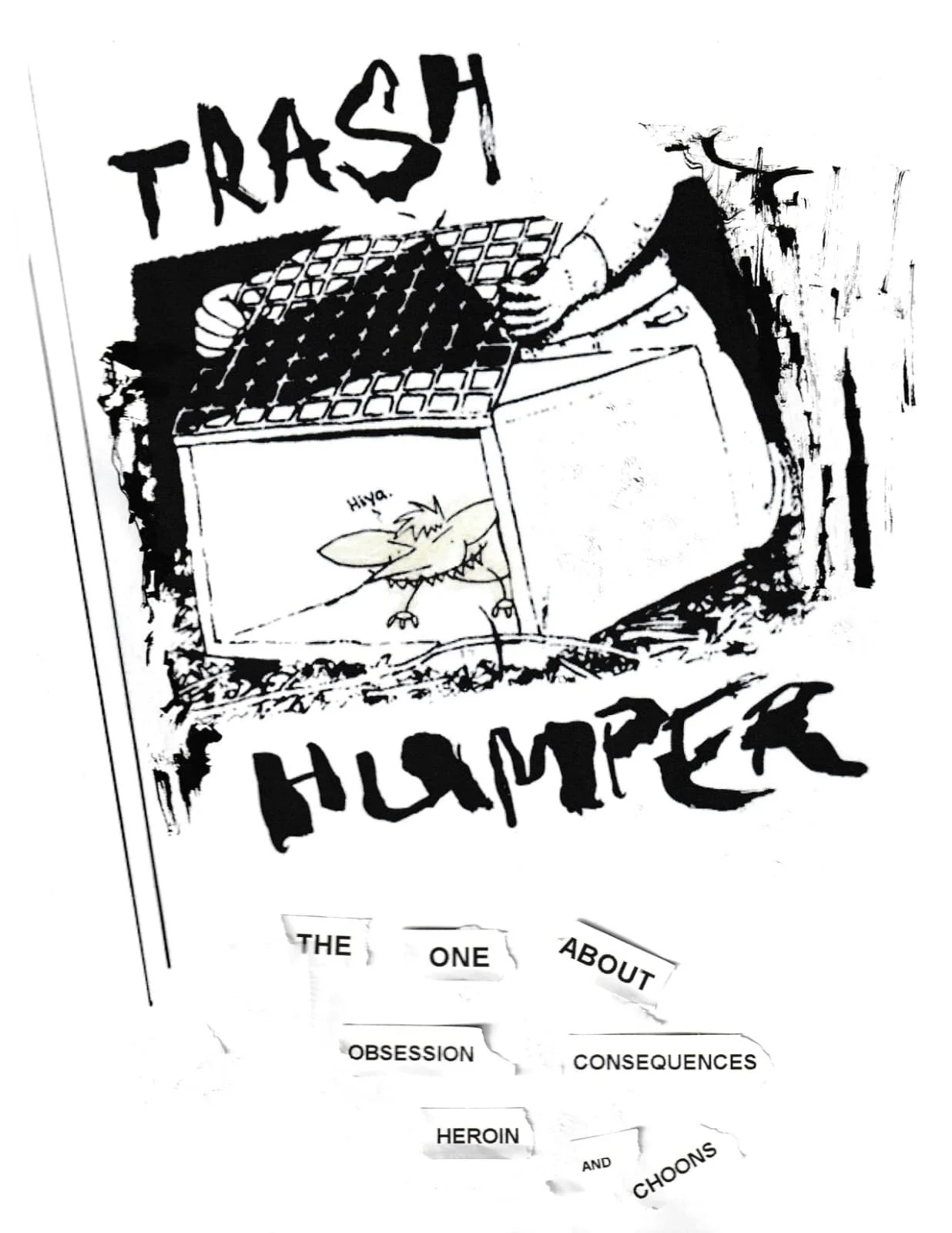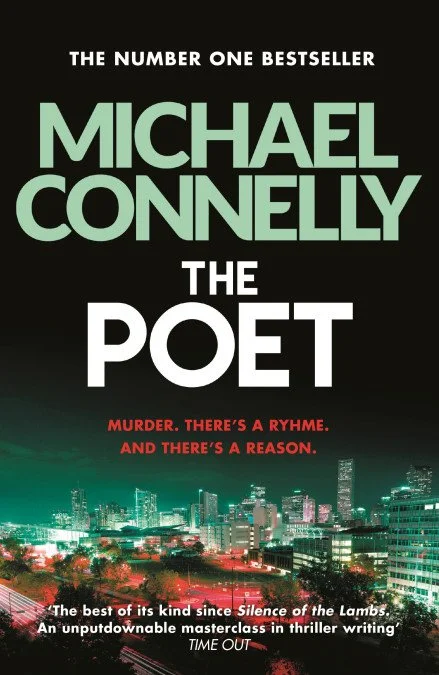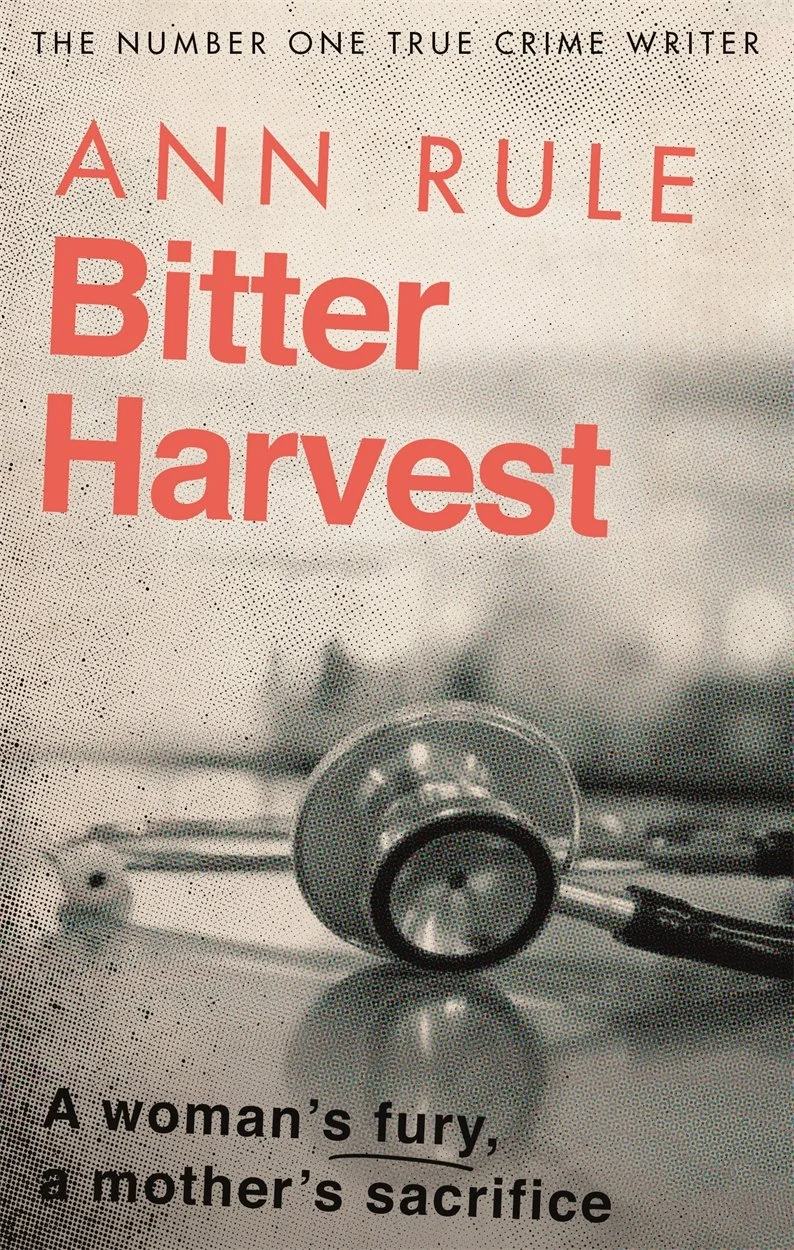I’m trying to think if I’ve ever been to a film on opening night. I’m not sure. I think maybe I saw the first of the Star Wars sequels pretty close to opening. It was almost fully booked and I got my single seat on the front row at the Barbican Cinema. My mum was seriously ill at that time and those two hours of escapism were very welcome. Actually, now that I think about it, my wife and I went to see The Last Jedi on opening weekend and a packed Saturday night audience made it a lot more enjoyable. That was directed by Rian Johnson, which allows me to get back to my original point. We went to see the third ‘Knives Out’ film at the cinema, as we had done with the first two. I had high hopes. My wife was expecting it to be terrible. The truth was that it was somewhere in the middle. It was OK. About what you would expect for a decent Netflix mystery film, but nowhere near as fun, inventive and assured as either of the previous two movies.
I thought it was too long and only really got going when Benoit Blanc showed up, which was surprisingly late into the running time. Octavia thought his hair was terrible, but I don’t think was the only problem she had with the film. It’s still fairly enjoyable, but staging a lot of dialogue in an echoey church made it all feel a bit distant - a problem that might have been exacerbated by our back-row seats, which might have meant we got more of the rear audio than those seated further forward.
(Speaking of which, we booked two of the last tickets in an almost sold-out showing, but when we got there several rows were empty. What’s going on there? Did people just decide to throw away their £15 tickets or (puts on conspiracy hat) are Netflix block buying seats to bolster… something?)
It’s fine. I wouldn’t say it’s worth seeing at the cinema, which is a shame, because the first two really were a good time.
Also, someone kept taking pictures of the screen with their phone. During the film!













